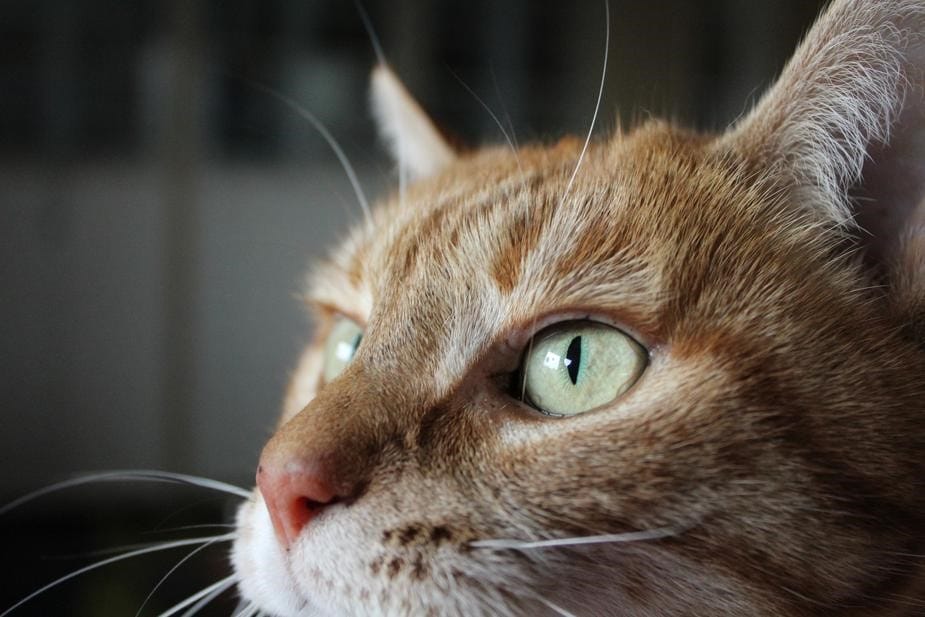Culture
From Raw to Polished: Master Editing in One Week

Laying the Groundwork for Visual Mastery GIMP
Setting expectations and organizing your editing space
Before diving into the structured daily sessions, it’s essential to align one’s mindset and digital environment. Intermediate learners benefit from clearly defining goals, such as mastering selective adjustments or building a versatile editing workflow. The workspace must be arranged for efficiency, with all tools easily accessible and project files well-organized. Familiarity with basic controls should already be in place. The course encourages students to assess their current editing habits and prepare for the shift toward more refined, deliberate techniques that lead to professional-looking visuals.
Day 1: Reassessing the Basics with Purpose
Revisiting cropping, contrast, and composition
Even experienced users gain from revisiting fundamental tools with a deeper understanding. Cropping isn’t just trimming—it’s reshaping the narrative. Contrast and brightness are not about brightness alone but directing visual attention. Day 1 challenges participants to refine their sense of composition and revisit common tools with a more analytical approach. By comparing different editing outcomes of the same image, learners understand how small decisions have big visual impacts. Exercises focus on reevaluation and sharpening control over basic tools to prepare for more complex layers ahead.
Day 2: Advanced Color Manipulation Skills
Learning tonal correction, split tones, and curves
On the second day, students engage with detailed color workflows. Beyond simple hue and saturation changes, they explore channel-level curves, tone mapping, and split toning. These tools can create atmosphere, unify image themes, or correct harsh lighting issues. GIMP proves effective here for hands-on practice. Assignments include replicating color styles from mood boards or vintage palettes. Learners also receive feedback on how their tonal choices influence overall image emotion. This day reinforces control and intentionality in color work, which is often the mark of more advanced editing.
Day 3: Mastering Layers and Blend Modes
Creating depth and effects with layer interaction
Layering offers nearly unlimited potential when properly harnessed. Students spend this day understanding how to work with multiple elements using masks, adjustment layers, and blend modes. They learn how layers interact—whether for subtle lighting changes or building surreal compositions. Through guided exercises, they replicate techniques such as duotone overlays or light leaks. This session encourages experimentation within structure, ensuring learners understand the “why” behind each move. It also prepares them for cleaner, reversible edits as they begin building toward a final project.
Day 4: Precision Editing and Retouching (Important!)
Correcting flaws and enhancing details effectively
The fourth day is devoted to local corrections—removing imperfections without over-editing. Tools such as healing brushes, clone tools, and sharpen/blur functions come into focus. Rather than blanket edits, learners practice working on fine elements like skin texture, dust, or scratches. Workflow suggestions are given to prevent destructive editing, emphasizing how to retouch without flattening realism. Students also explore ethical editing boundaries: enhancing versus altering. The importance of subtlety and restraint becomes evident as they clean up photos while maintaining their natural essence.
Day 5: Stylization, Effects, and Cohesion
Bringing personality into visual expression
Here, learners move into advanced creativity. Using filters, color overlays, grain textures, and lighting effects, they shape a consistent visual language. The lesson highlights restraint—effects must serve the message, not overshadow it. Cohesion across a set of edits is emphasized, especially for those developing a portfolio. By replicating editing styles across different subjects, students learn consistency in tone and message. This session encourages creation of themed projects, preparing participants for presenting polished work by the end of the course.
Day 6: Feedback, Revision, and Workflow Review
Improving through critique and thoughtful repetition
Day 6 offers time to reflect and refine. Students revisit earlier edits, implement peer or mentor feedback, and analyze their growth. Revision is not just fixing flaws—it’s making informed adjustments based on artistic intent. The course also introduces methods for organizing layers, naming conventions, and optimizing file sizes. Workflow reviews help identify bottlenecks or repetitive tasks that can be automated or streamlined. This day strengthens efficiency while nurturing a self-critical yet confident mindset.
Day 7: Building a Portfolio Piece with Impact
Combining skills into one cohesive project
Everything learned culminates in a final editing project: a visual showcase demonstrating color balance, layering, detail enhancement, and stylistic consistency. Learners create a narrative piece or a series of cohesive edits to present as a portfolio highlight. Guidance is provided on framing the purpose of each image, ensuring that edits support the story. GIMP , used throughout the course, serves as the base tool for assembling and exporting the final result. Presentation skills are also introduced—cropping for display, setting aspect ratios, and exporting in suitable formats.
Conclusion: Editing as a Daily Creative Habit
Beyond the course—building on new strengths
By the end of the week, students will have refined their image editing skills and produced a body of work that reflects both technique and artistic intent. The structured daily learning keeps tasks focused, while exercises provide immediate opportunities for growth. Receiving and applying feedback sharpens judgment and precision. The habit of daily creative effort, supported by thoughtful revision, sets learners up for future success. What began as a goal to enhance workflow transforms into a lifelong editing practice fueled by vision and understanding.










